On approach to heritage-loaded Albany, the rolling vineyards and sprawling farmlands of the Great Southern region are replete with alluring diversions.
Four and half hours drive south of Perth, Western Australia’s Great Southern region ripples with rich history, culture and a heart-stealing natural landscape that repeatedly left me dropping my jaw in wonder. On approach to heritage-loaded Albany, the rolling vineyards and sprawling farmlands are replete with alluring road-trip diversions. A prize specimen is Singlefile Wines in delightful Denmark. The irresistible good looks of this winery are just the start. Singlefile embodies the pursuit of excellence, crafting the best expressions of the Great Southern wine region. I enjoyed a cheeky tasting, purring through a range of white and red wine varietals. Their Great Southern Semillon Sauvignon Blanc, Chardonnay and Cabernet Sauvignon Merlot are particularly pleasing on the palette. But the runaway cellar door favourite is their bubbly, NV Run Free by Single Serendipity Cuvee. Toast your arrival down south, stock up on this sparkling!
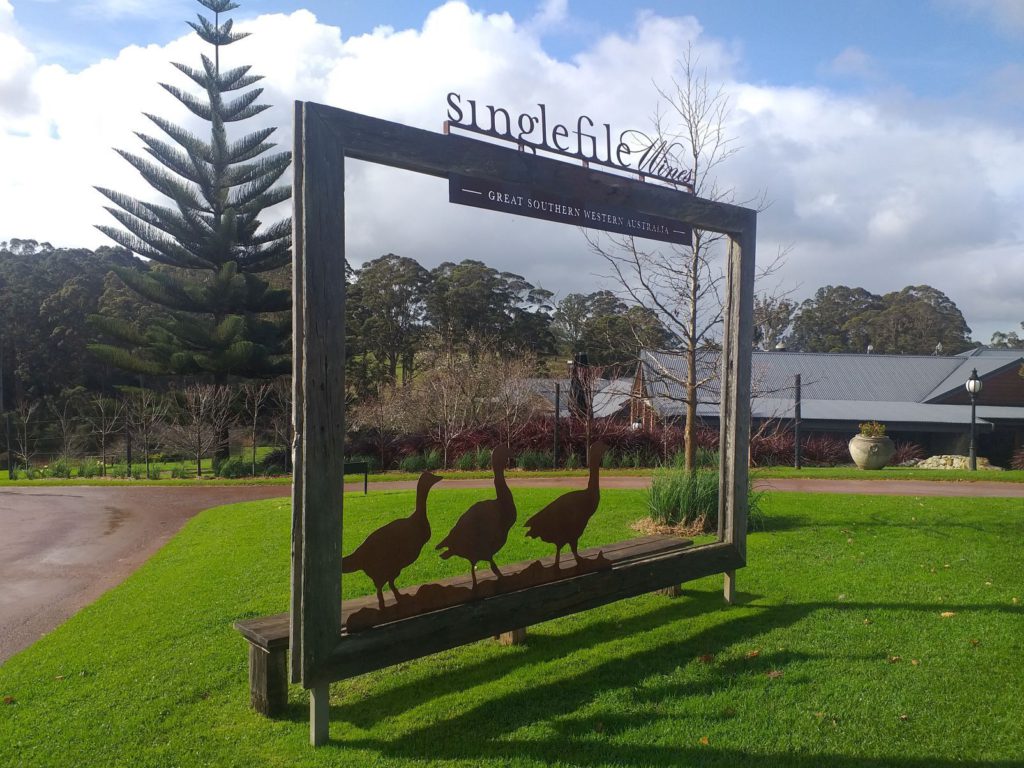
Anchoring Western Australia’s South Coast, Albany is an absolute revelation, that will sweep you up in her elemental embrace. Along the south coast, the tumultuous Southern Ocean has dramatically sculptured the land with a roll call of tantalising rock formations. I met up with the magnificent Susan McCabe from Busy Blue Bus Tours, the premier day tour operator in Albany. With a commanding knowledge and passion for the Great Southern region, Susan delivers exceptional day tour experiences, tailormade to suit your interests. She’ll take you to some great hospitality gems too, like Wilson Brewing Company and Woodlands Distillery. And you could not wish for a better authority on the culinary scene. https://busybluebus.com.au/
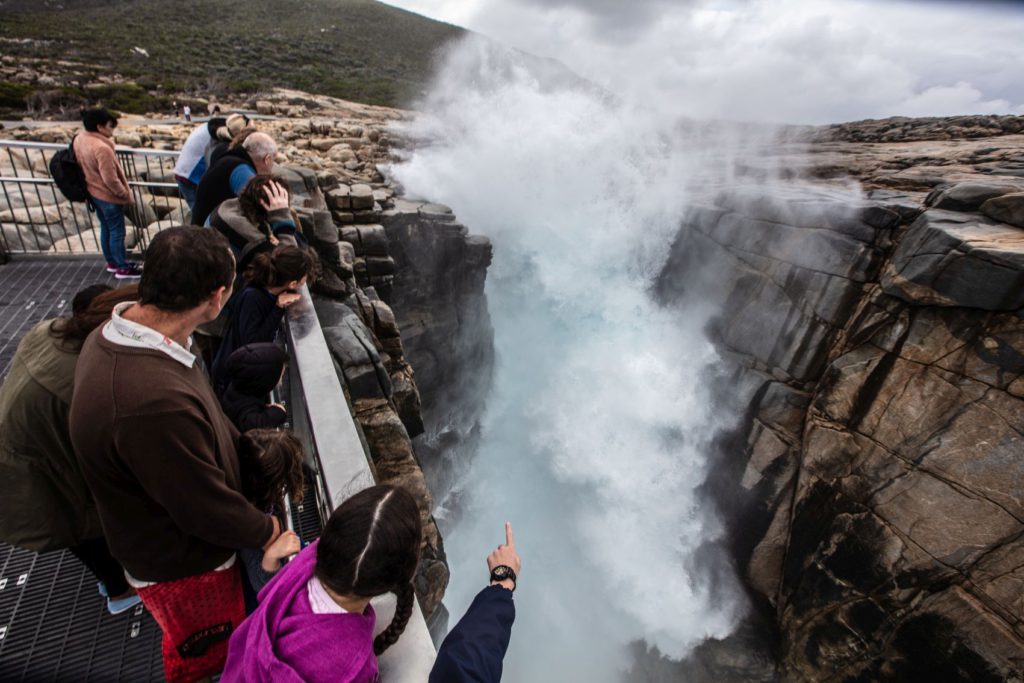
We scooted around the sun-kissed shoreline of King George Sound to Torndirrup National Park, where an unmissable assignment is to experience The Gap, a gaping chasm between two towering granite shelves, where the ocean water surges in. A daring cantilevered viewing platform has been constructed, jutting well past the cliff edge and is buffeted by the salty, briny ocean spray. I mustered up the requisite courage as the wind whipped around me, succumbing to the elements, to stand directly above the pounding sea rushing into the chasm, 40 metres below me. Gazing down was like staring into a deadly watery abyss. This intimate encounter with the savage power of mother nature is quite the freak-out frisson to start your day. After revelling in that undeniably edgy sensation, we followed the adjoining signposts on the pathway out to the Natural Bridge.
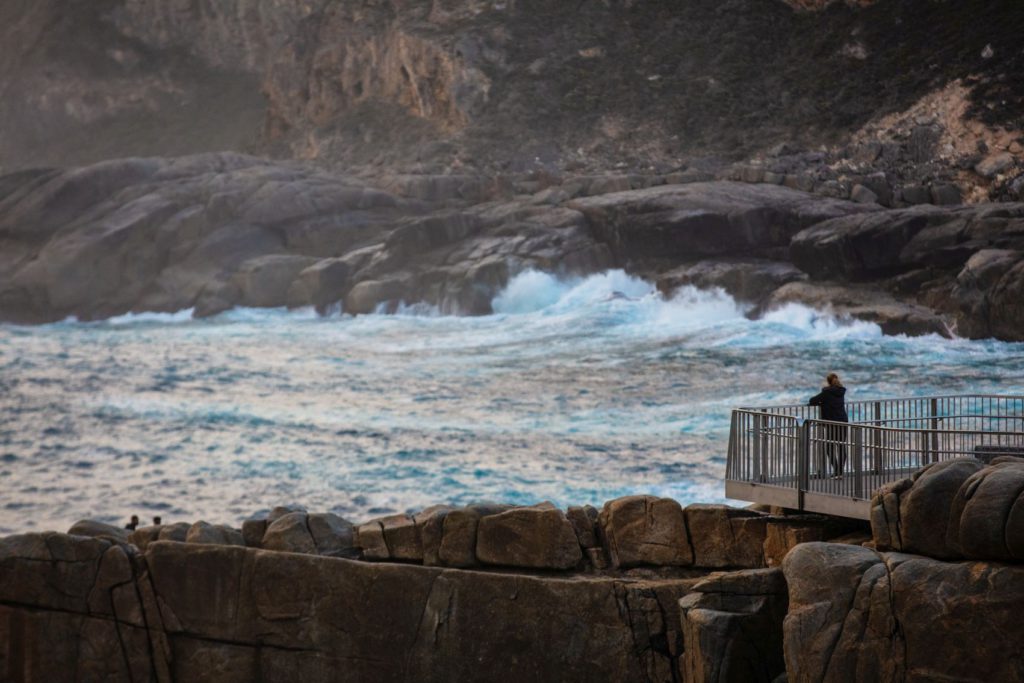
The wide expanse of the coastal perspective is arresting, as you cast your eye from Bald Head to West Cape Howe. Shuffling into view was the stately sight of the bridge, a monumental span of granite, with a wide opening for the pounding surf to rush in. With a reasonably heavy swell running, the awesome theatrics of ocean power was in full cry. Then there’s the Blowholes, a crack line in the granite, ‘blowing’ air and occasionally spray, like a giant whale. The acoustical booms rumbled across coastline.
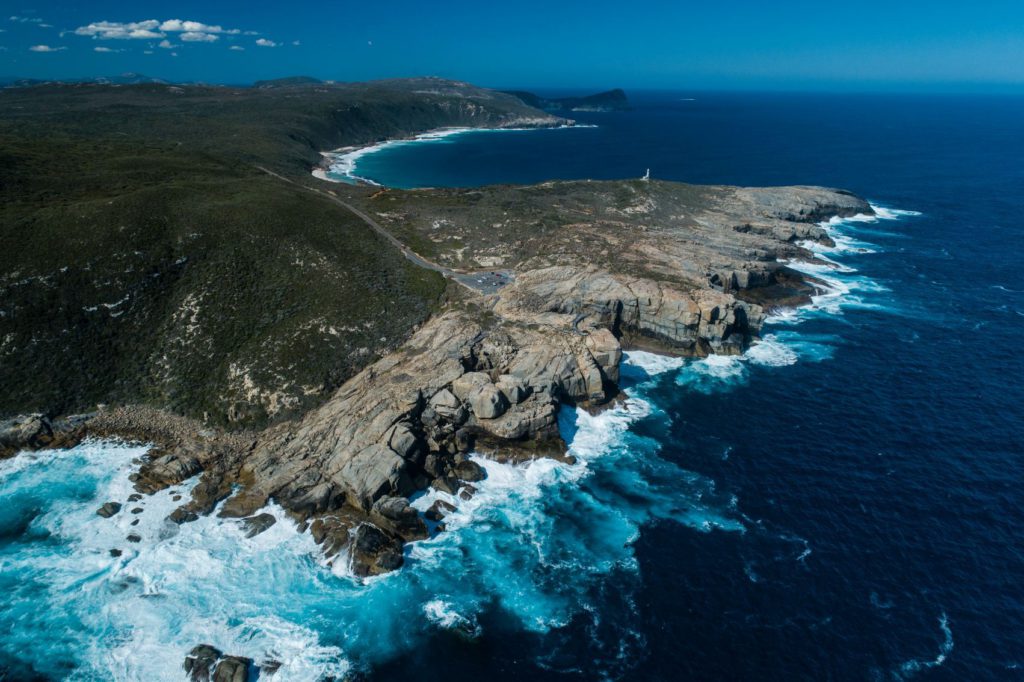
The dramatic terrain is a feast for the senses, with windswept coastal heaths giving way to massive granite outcrops, sheer cliffs, steep sandy slopes and powdery dunes. We called into Albany’s Historic Whaling Station, pinned to the edge of King George Sound, at Frenchman Bay. Previously home to the Cheynes Beach Whaling Company, it was the last whaling firm to cease operations in Australia. The station only shut up shop in 1978 – now transformed into an interactive museum.
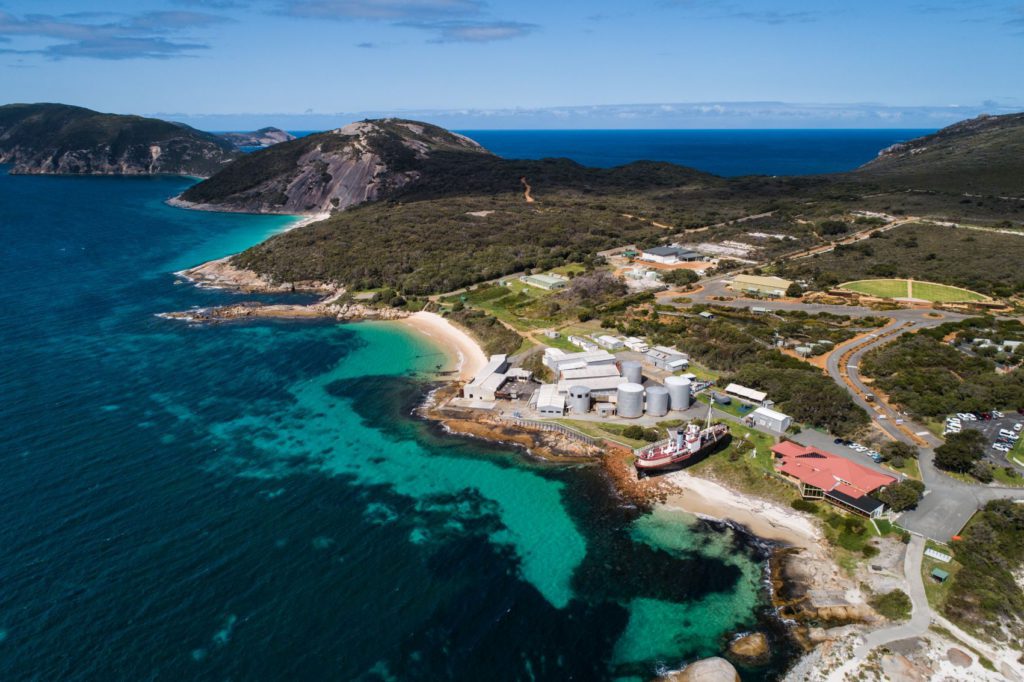
You can now explore an intact whale processing factory and see the world’s only preserved whale chasing ship. Plus there’s a giant blue whale skeleton on display. Heading west from Albany, tootle around to William Bay National Park. In stark contrast to the drama and ferocity of the surging ocean at Torndirrup, William Bay tends to be more tranquil, gentle and ethereal. As the name suggests, Greens Pool is the most bewitching bay of gentle turquoise waters, edged by pristine white sand. It’s a show-stopping scene of beachside paradise saturated in colour.
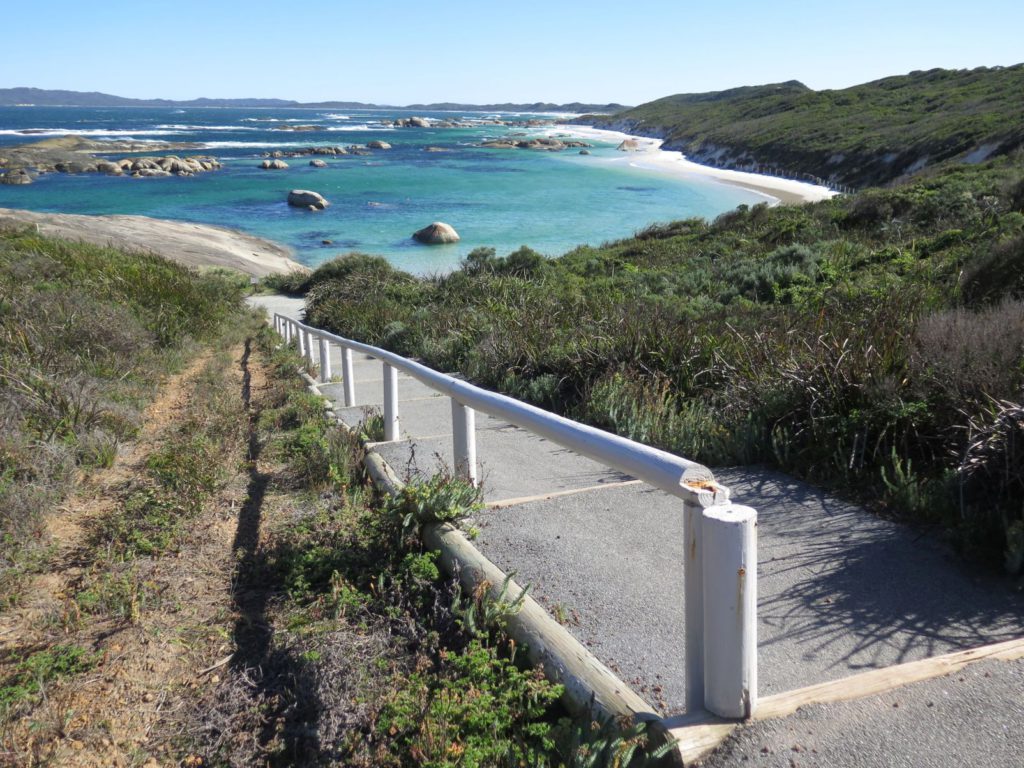
A line of rocks further out to sea has bestowed Greens Pool with an abiding sense of serenity, with the reef-like buffer protecting the beach from the heavy seas. Follow the signposts on the ten minute walk to Elephant Rocks. Nature has conspired with these rich-red granite rocks, uncannily moulding them to look like a lumbering herd of elephants, stopping to drink at a waterhole. It’s a wondrous spectacle. I half expected these animal-shaped outcrops to gleefully swing their trunks and shower themselves. If the tide is out, you can descend the staircase and shimmy your way through a rocky crevasse, out onto the sands of Elephant Cove. All along William Bay, wildflowers can be savoured at any time of the year, even though the peak flowering occurs in spring.

Albany’s epic setting has an equally epic legacy. Bounded by the Southern Ocean, the picturesque Stirling Range and the Great Southern hinterland, Albany’s rugged granite coastline and snow-white beaches is sure to tug at your heart-strings. But it’s the potent Anzac legacy that will pull those strings. Albany has Anzac heritage braggability by the bucketload. After all, it’s where the Anzac story arguably begins.
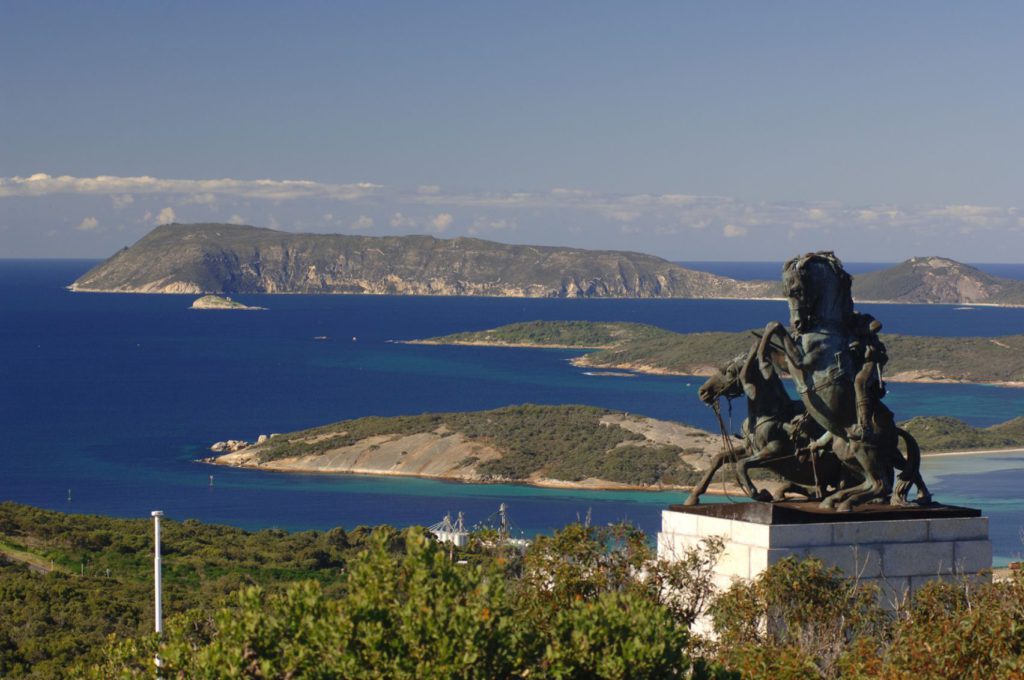
We headed up Forts Road on Mount Clarence, studded with a feast of Anzac history, where the soul-rinsing views of King George Sound and Princess Royal Harbour transfixed me. It was from these vivid blue waters that the First and Second Convoys of Australian and New Zealand troops – and their horses, set sail for the Great War. For thousands of them, it would be their last glimpse of Australasia, as they ventured out into the Indian Ocean, bound for the Middle East and Europe.
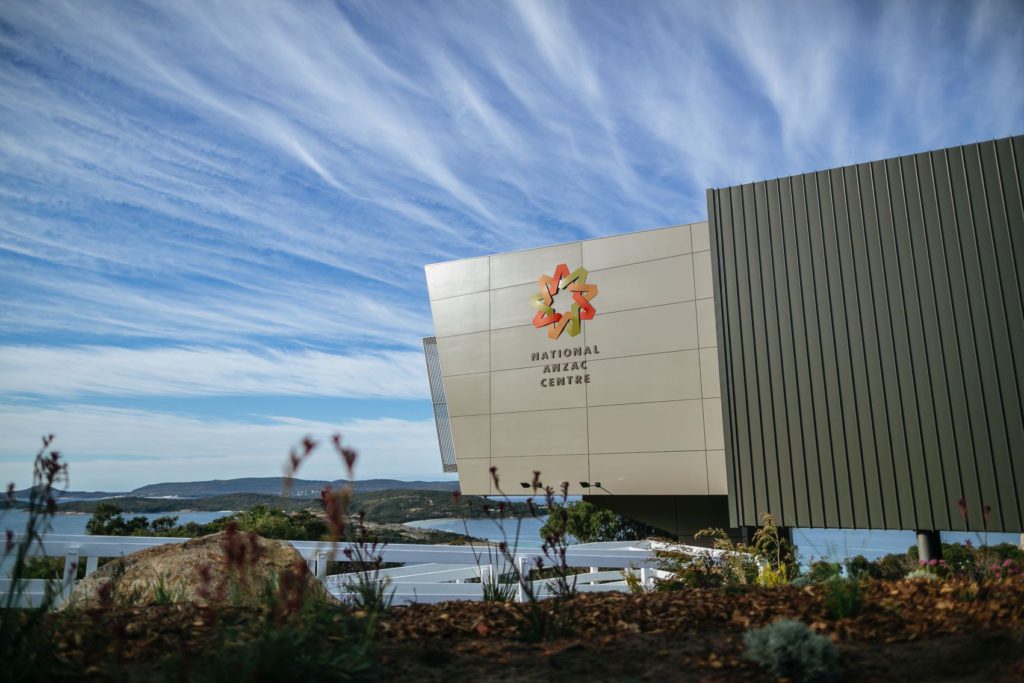
To gain a tangible understanding of Albany’s monumental role as a staging post for the Anzacs, I first headed to the National Anzac Centre, perched above King George Sound. This stirring museum has fast cultivated a solid reputation as a powerful cultural pilgrimage. A pilgrimage to bookend the battlefields of Gallipoli and the Western Front. Opened by the Prime Ministers of Australia and New Zealand on 1 November 2014, the date marked the centenary of the Anzac convoy’s first departure for war. 29,000 troops and 7000 horses set sail on that day from Albany, followed by a further 12,00 troops in the Second Convoy on Dec 31, 2014.
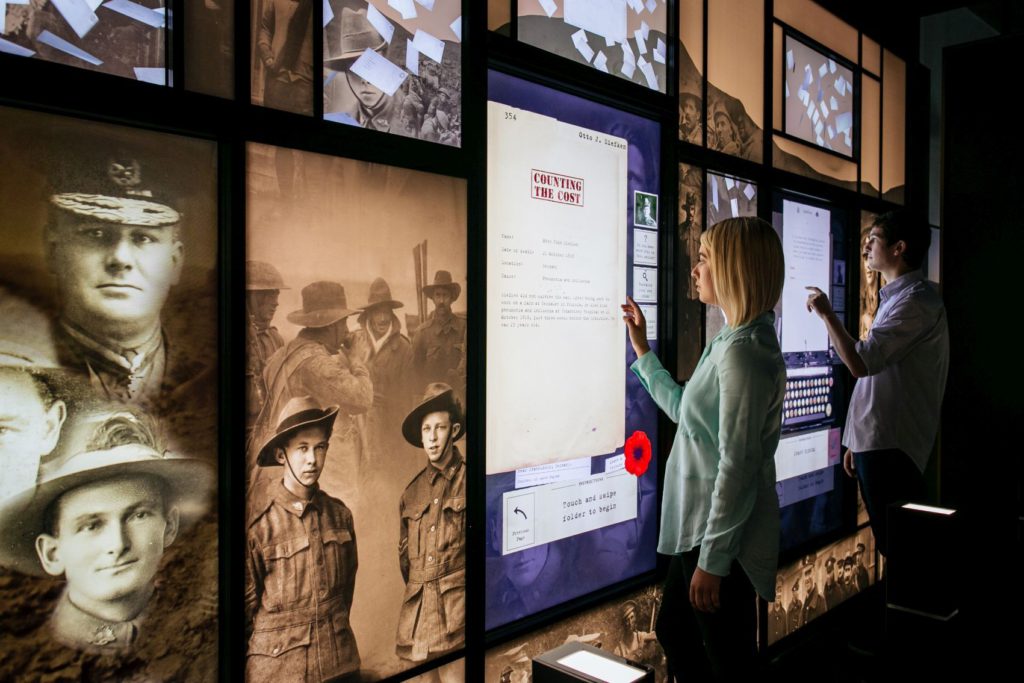
This small but perfectly formed museum has deployed the latest interactive multimedia technology, overlaid with historical artefacts to honour the past and pay tribute to those who served. But for all of the whiz-bang wizardry, it’s a museum packed with pathos and the personal touch. As a Christchurch lad, my heart swelled to see a photo of Cathedral Square thronging with locals celebrating Armistice Day in 1918. The key phases and harrowing events of the First World War are vividly brought to life through the stories of the Anzacs themselves.
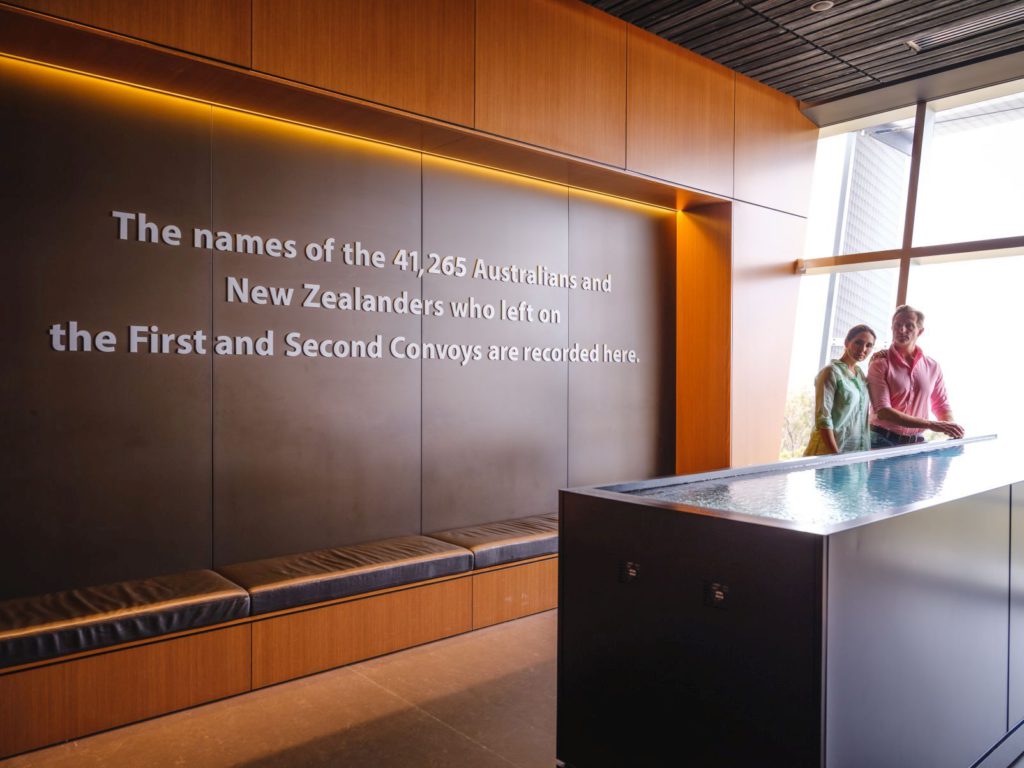
I was fascinated to learn that the character on my card, Private Hamilton, was believed to be the first ANZAC ashore on the beaches at Gallipoli. A palpable rush of relief washed over me when I learned that he survived the war and made it home to his family in Queensland. But shockingly, I then learned that he was tragically killed in a farm machinery accident, several years later. It’s a rollercoaster of raw emotion.
There are all manner of deft touches throughout the centre. Virtual reality devices allow you to see the troopships positioned out the window in King George Sound, as they steam out to the Indian Ocean. I absolutely adored the infinity waterfall, where the scrolling names of all 41,265 Anzac troops who departed from Albany “float” on the water, as it gently cascades towards King George Sound, before disappearing out on the horizon. After such a powerfully evocative museum encounter, I enjoyed a tasty lunch at the adjacent Garrison Restaurant & Bar, which is deservedly showered with accolades for its fresh local produce, artfully executed into inventive and flavourful fare. The share plates menu is a winner.
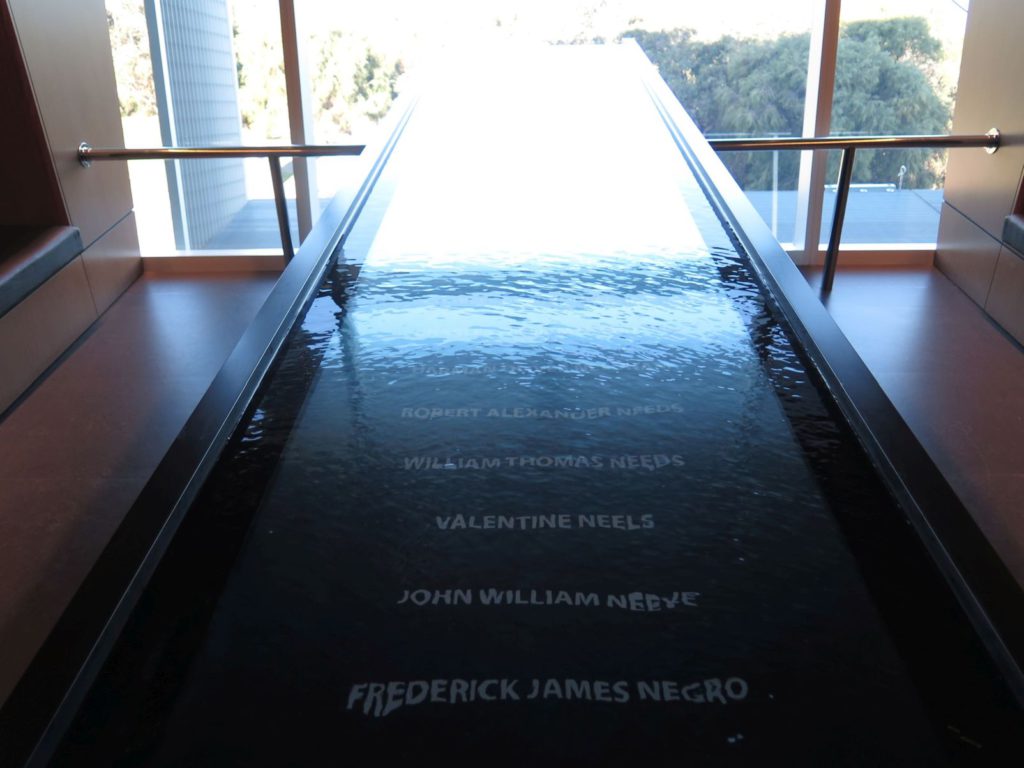
Susan and I also headed up Apex Drive to the Padre White Lookout, also on top of Mt Clarence, which is dedicated to the Albany priest who introduced the dawn service tradition to Western Australia. He served as an army chaplain at Gallipoli and in 1930, at dawn on the 25 April, he led parishioners from St John’s Church to the summit of Mount Clarence, for a remembrance ceremony. The site of the first dawn service was also the very lofty spot where locals previously gathered to watch the departing convoys in 1914.
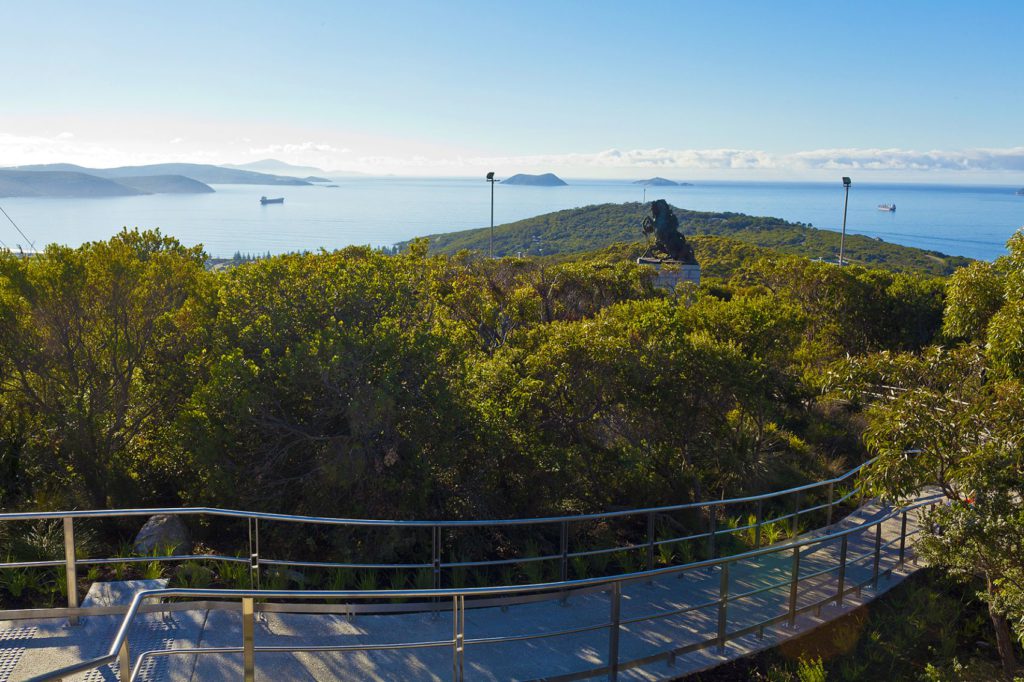
Charismatic Albany revs up the charm factor for those who choose to explore the town on foot, where the sense of revitalisation is pervasive. Beautiful Stirling Terrace has been given a face-lift, its trove of historic architecture sporting movie-set good looks. Even the bells of the venerable town hall clock tower have been given a fresh lease on life – crafted by the same makers of London’s Big Ben. Down on the waterfront, Anzac Peace Park is a magnificently verdant space to reflect and relax, alongside the departure point of those troopships, the Pier of Remembrance. It’s easy to see why Albany is fondly nicknamed “the womb.” It briefly held the first convoy in its warm embrace, cradling troops and ships in safety, offering a final glimpse of Australasian soil to so many who served us all.
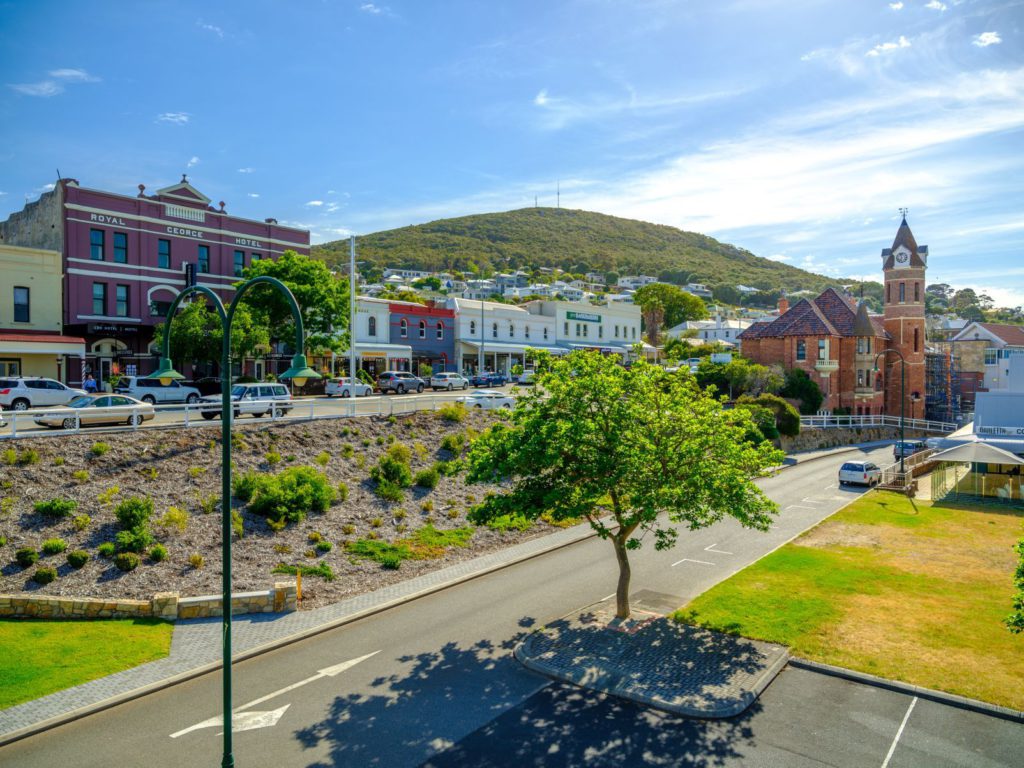
Where to dine? Majuba Bistro, in the heart of town, is a must for dinner. Under the helm of the delightful Andrea Saville, the menu is influenced by French and Spanish bistro-style cooking, while the art-filled venue is evocatively romantic. I felt like I was dining in a highly curated curio gallery, including antique gondola posts from Venice.
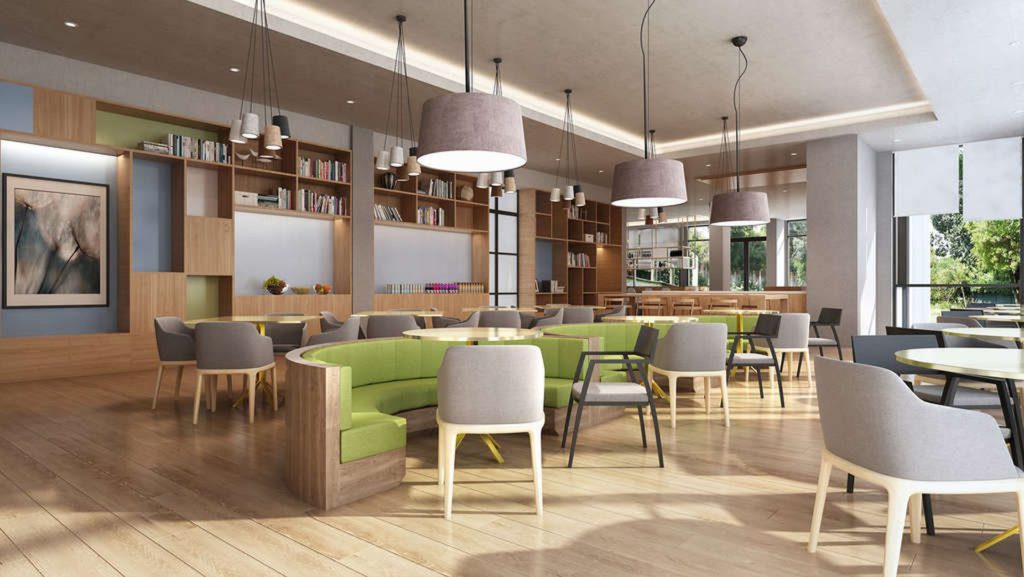
Where to stay? Brand spanking new, Hilton Garden Inn Albany, is a five-storey, 108-room property overlooking the Albany Waterfront Marina. Enjoy unrivalled ocean views and easy access to the Albany’s cultural attractions, including short strolls to the Albany Convict Gaol and Museum and the Western Australia Museum with its replica of the Brig Amity.
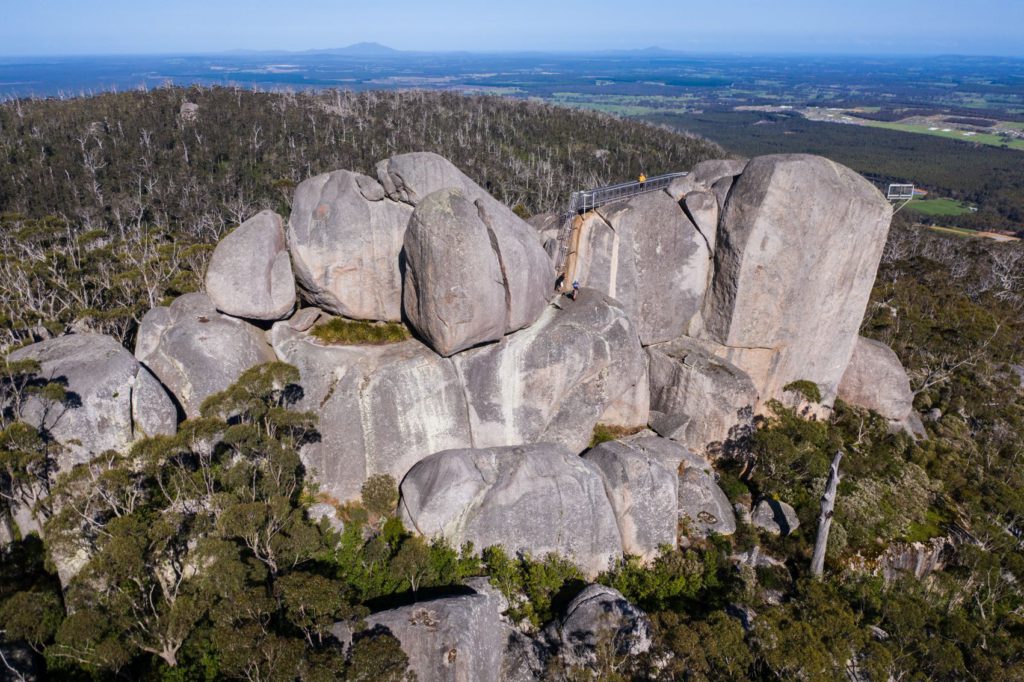
Tracking back to Perth, an essential stop is Porongurup Range National Park. The starring attraction is the Castle Rock Granite Skywalk, which is a 3km return walk. The gigantic ancient granite domes of Porongurup National Park rise 670 metres, giving exhilarating views of the landscape, especially from the Granite Skywalk suspended from Castle Rock. This is a suspended walkway that spirals around the huge granite outcrop of Castle Rock to the summit. With two lookouts at the summit, unleash your spirit for adventure and head to the upper lookout. Perched over the side of Castle Rock, you’ll scramble over and under a few rocks and climbing a 6 metre ladder to reach the sky-high loft. It’s exhilarating, with the sweet reward of seraphic views.
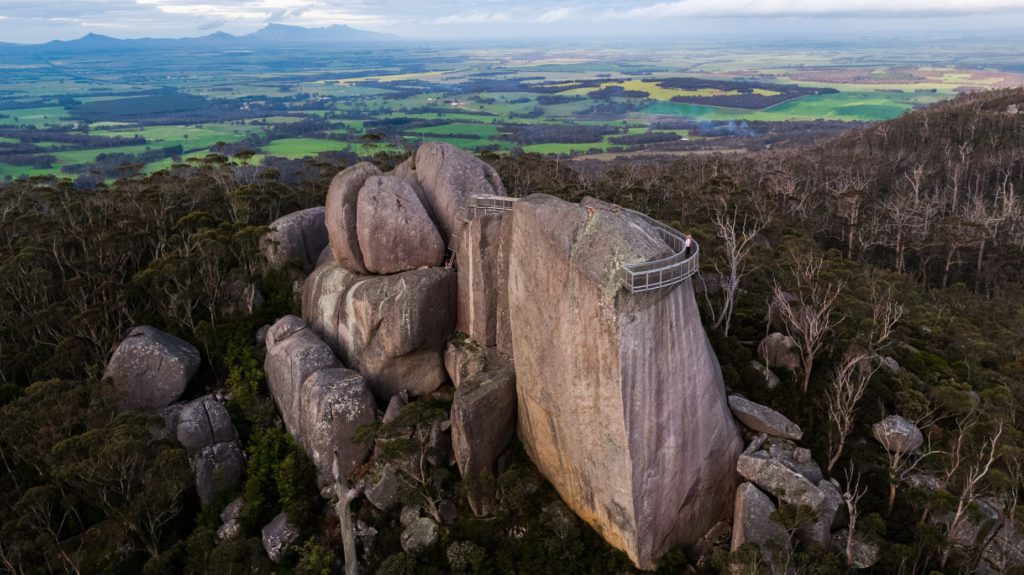
If you want to break up your journey back to Perth, layover over in the characterful town of Katanning. Historic and modern buildings seamlessly intermingle in the heart of town, accentuated by striking street art and providores full of treasures. I rested my head at the Premier Mill Hotel, a small luxury hotel, ingeniously crafted within the soulful surrounds of a heritage flour mill. Each of the twenty two guestrooms is a distinctly individual experience, repurposing the old grain silo rooms and packing rooms, adjacent to the massive old steam boiler that powered the whole building. Each room captures the spirit of heritage industrial enterprise without skimping on contemporary creature comforts. It’s a one-of-a-kind experience. https://premiermillhotel.com/
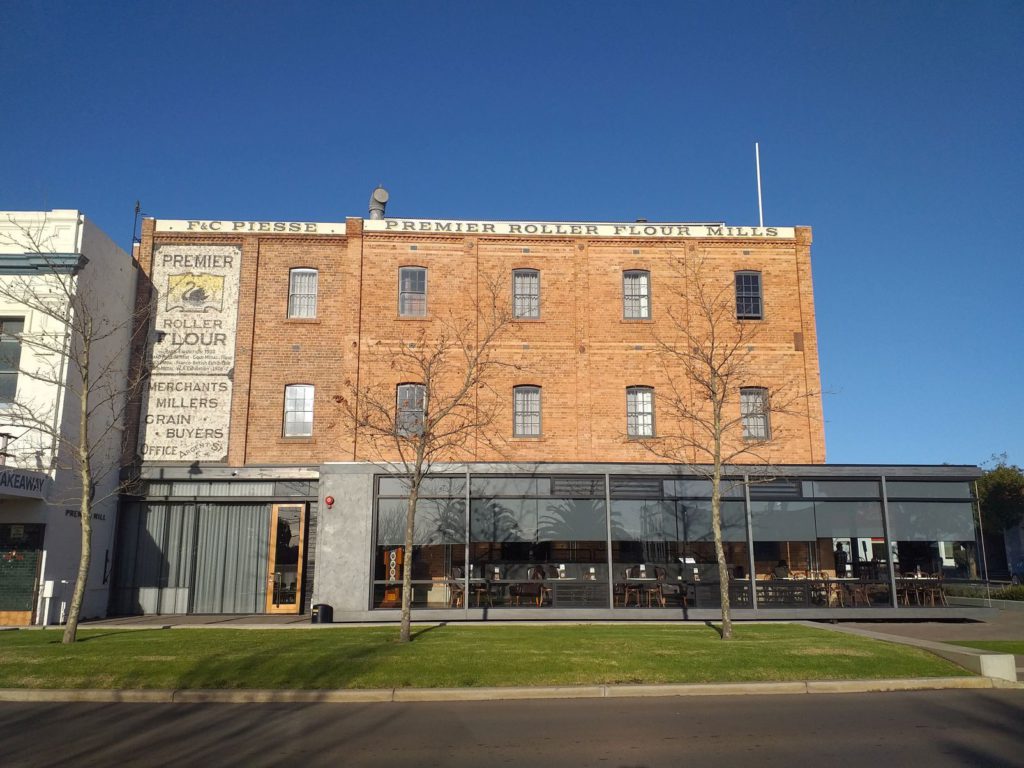
Air New Zealand has daily direct flights between Auckland and Perth. If you want to lie flat and get some rest in Economy, the Skycouch is the way to go, especially if you’re travelling with the family. Sit, spread out, or lie down and snooze. Share the space with a partner or children, or keep it all for yourself. Bag a fare and seat to suit at www.airnewzealand.co.nz
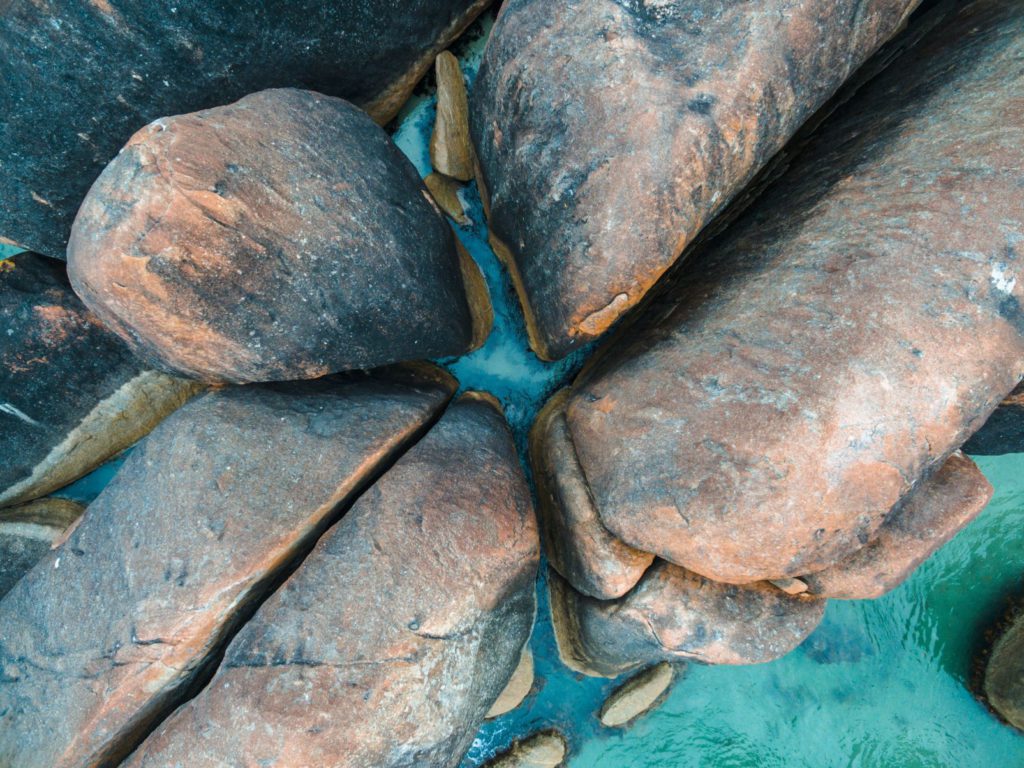
For more tips and insights on exploring the great temptations of Western Australia, head to the official tourism site. www.westernaustralia.com

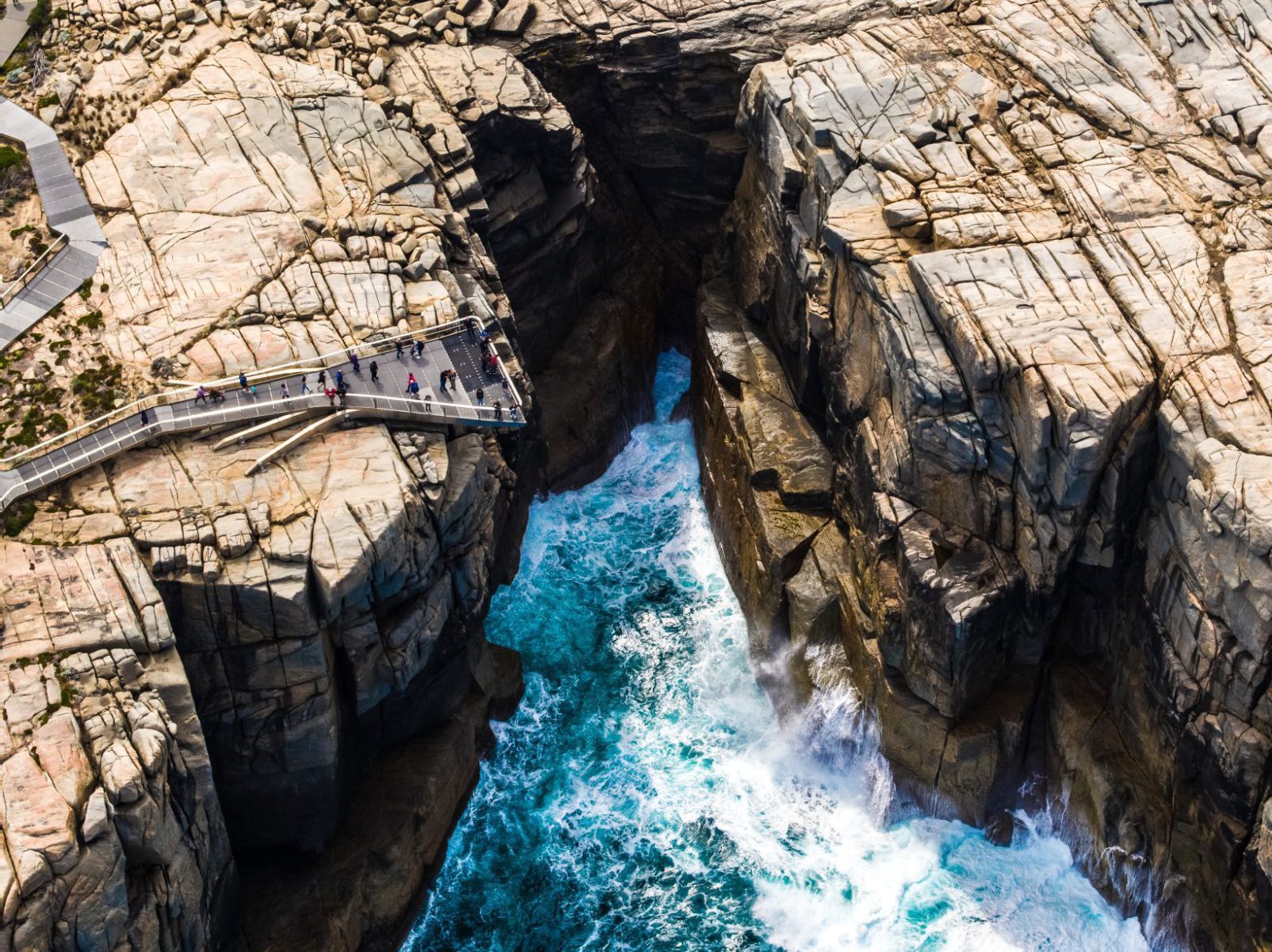
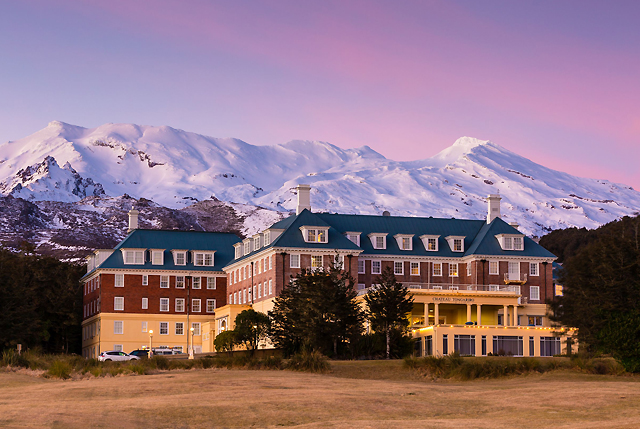
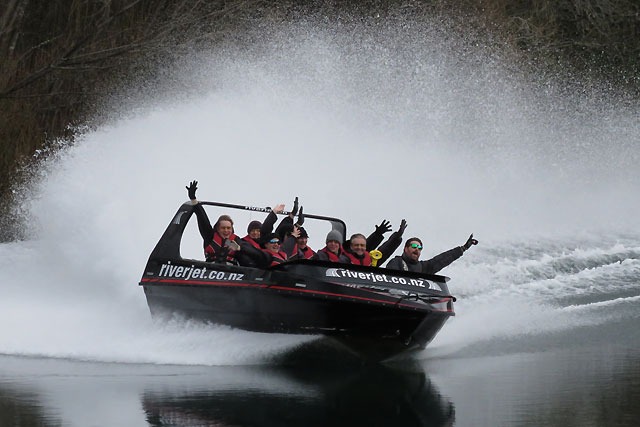
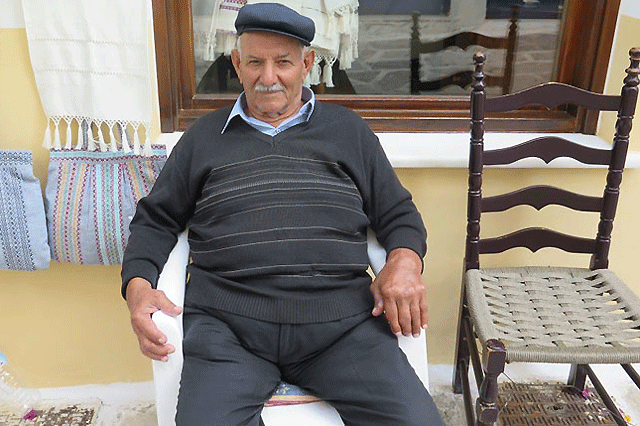
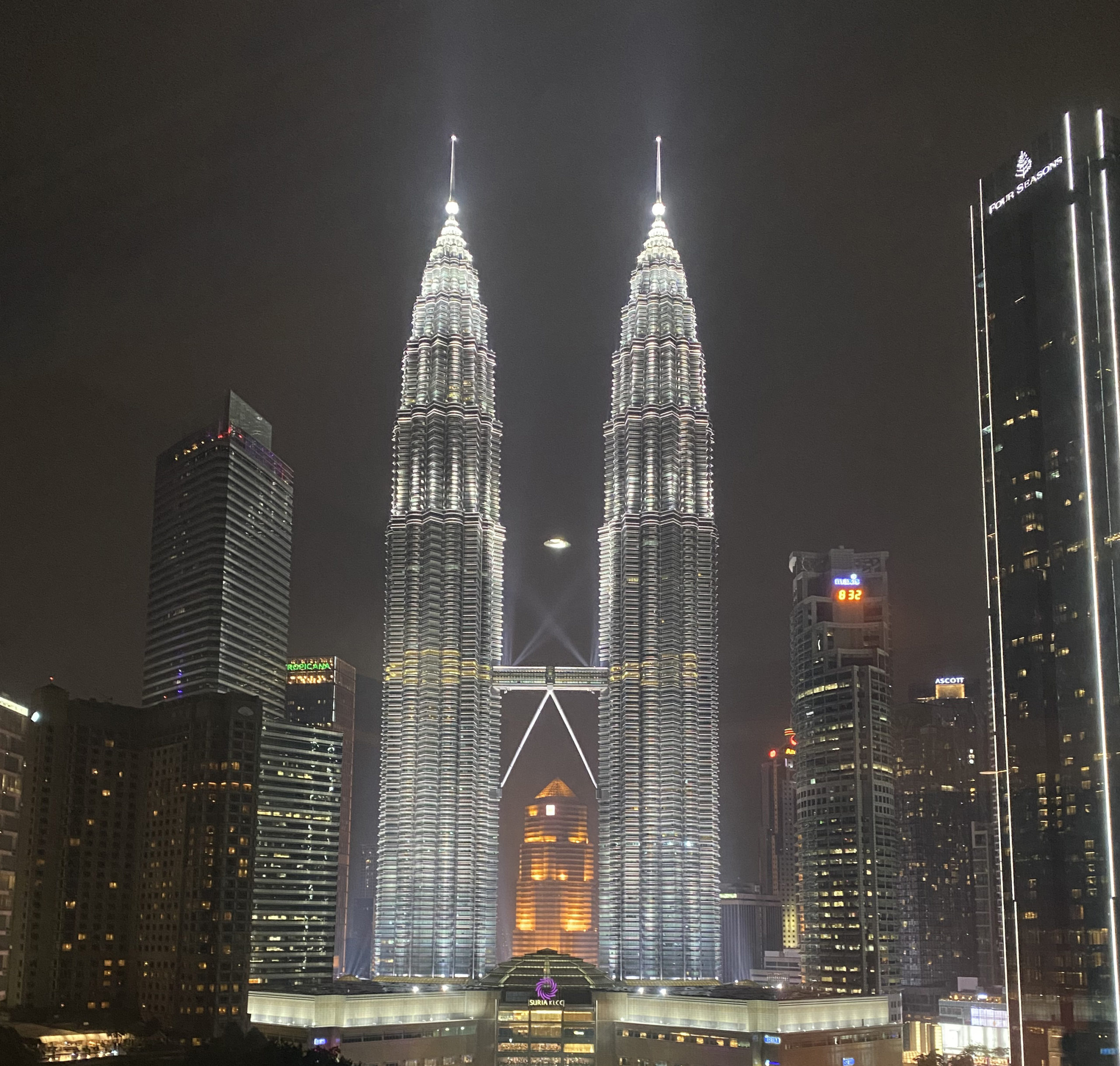
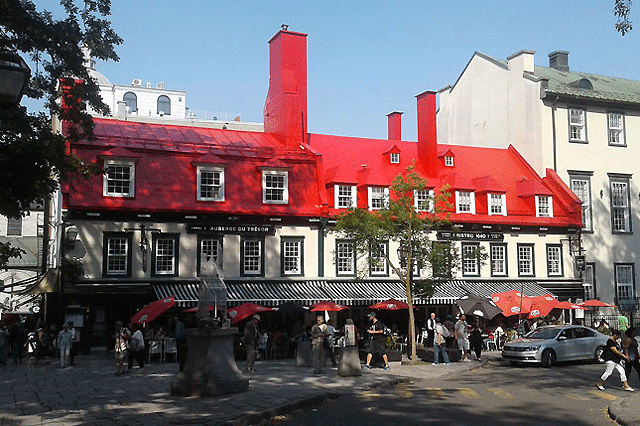
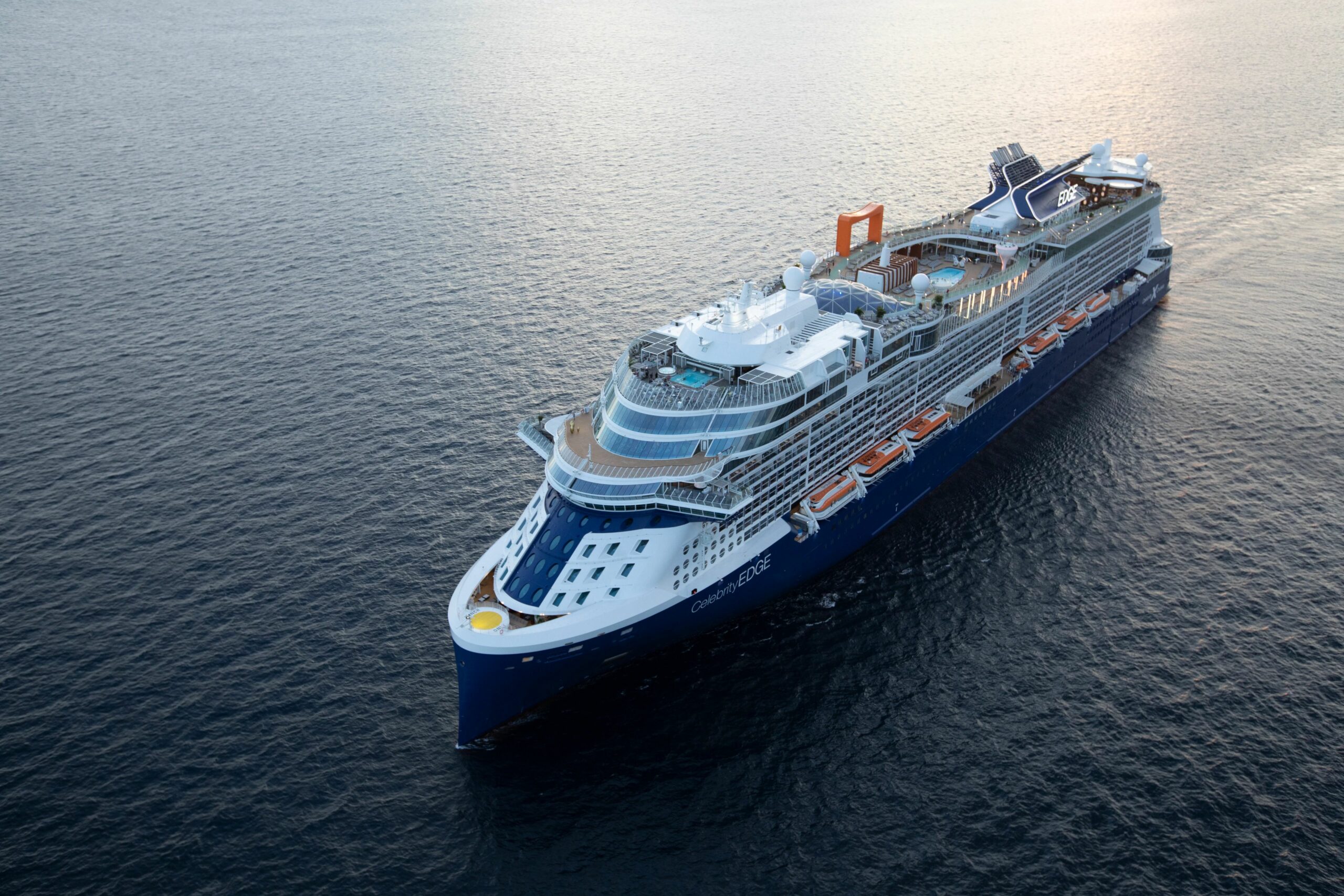
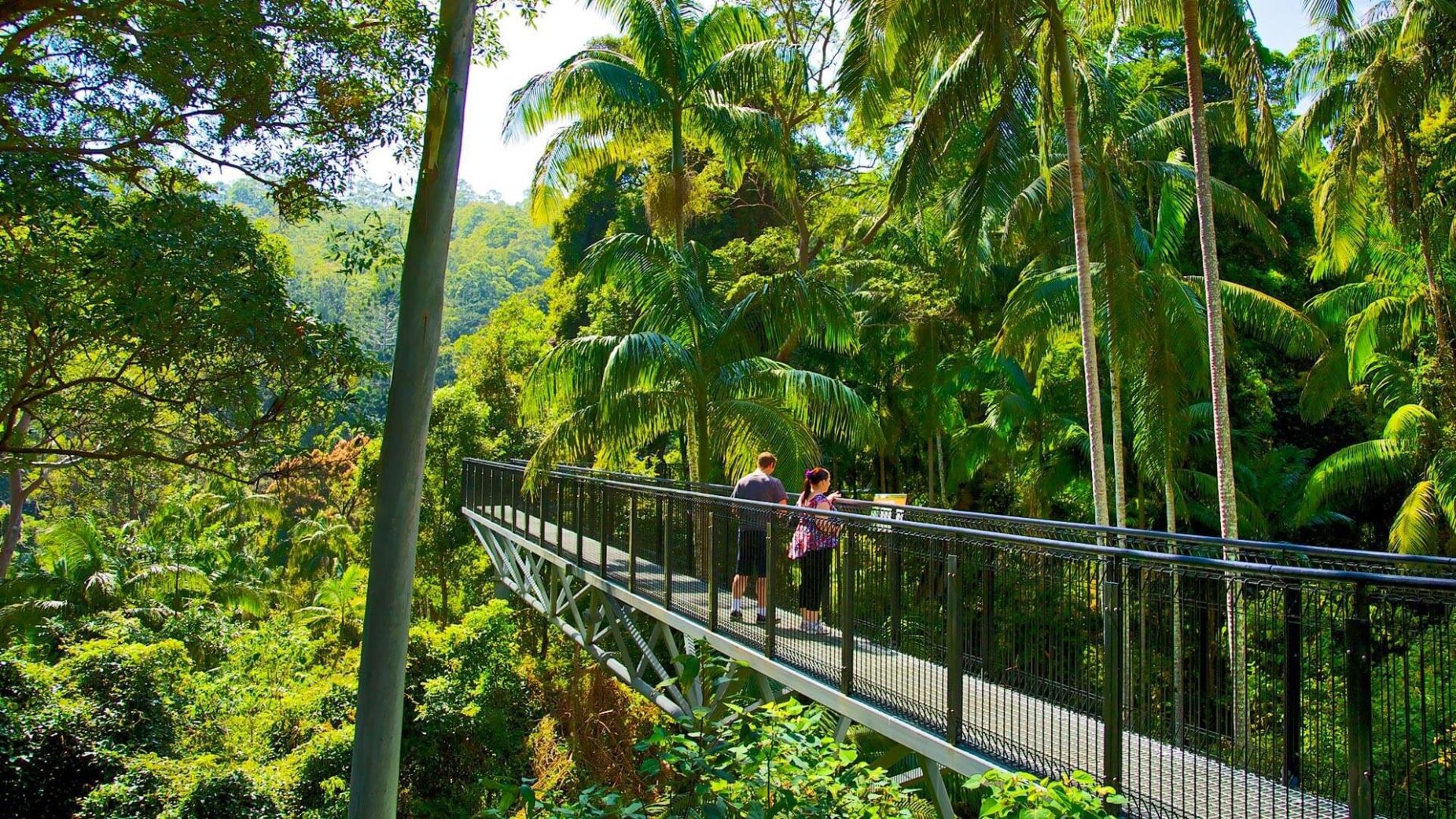




Recent Comments